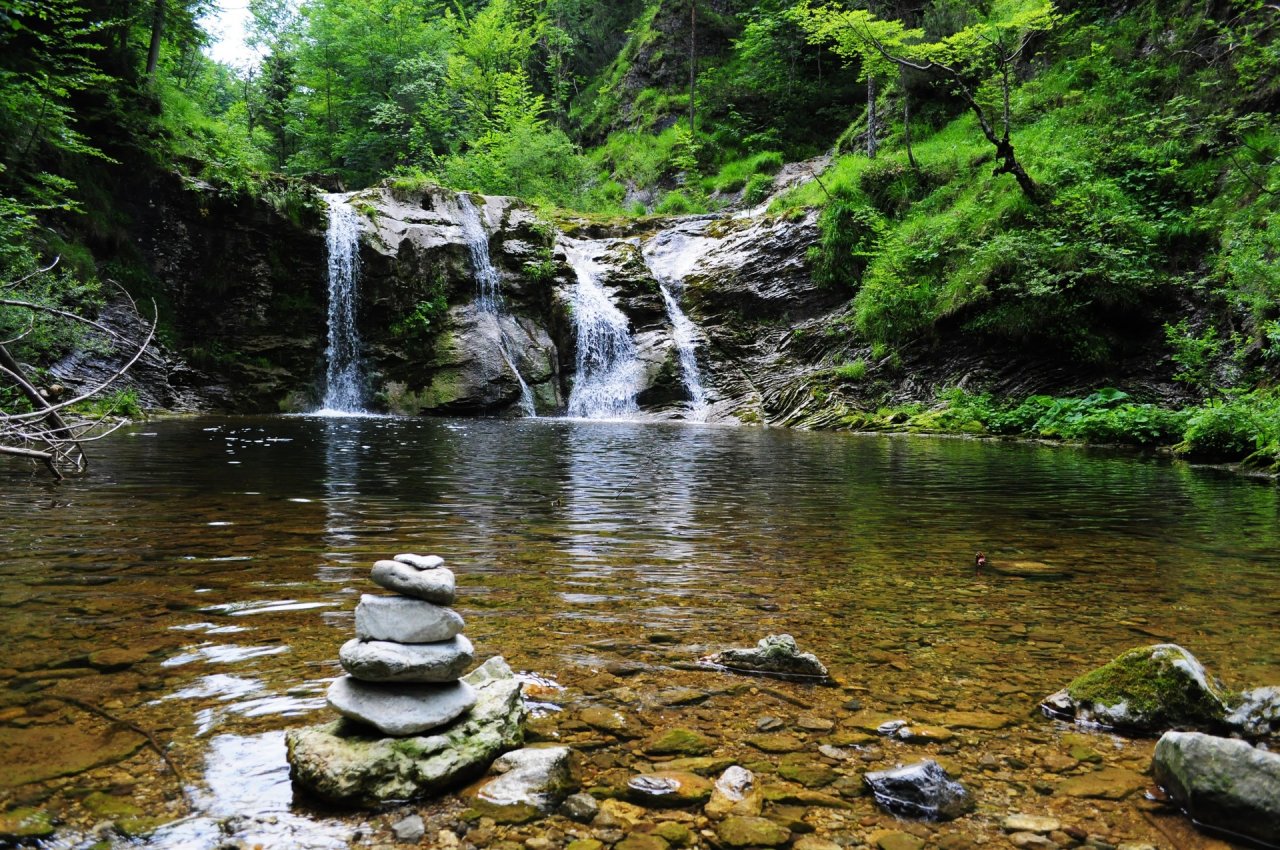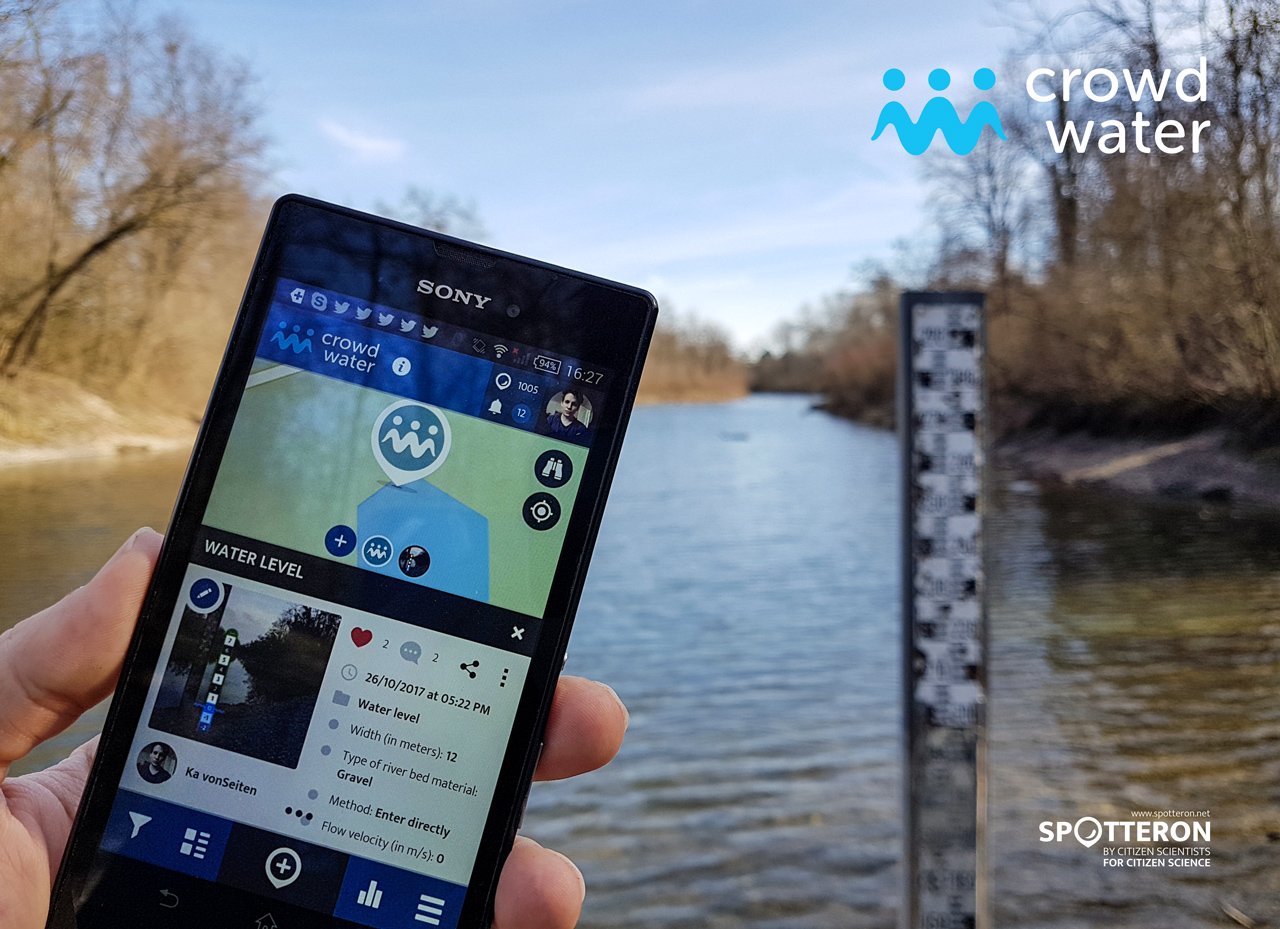Short note: This website is in Beta - we are currently building everything up but you can already find the apps to download and participate! Thank you and stay safe!
Super User
Hortênsia
Cresce até aos 2 m. Folhas ovadas, verdes, até 20 x 15 cm, com bordo serrado. Grandes capítulos florais compostos por flores mais pequenas com 5 pétalas. As flores podem ser brancas, azuis, roxas, vermelhas. Floresce desde o final da primavera até ao início do inverno.
Abelha Leioproctus
Robusta e peluda. Semelhante a uma abelha, mas mais pequeno (5 - 12 mm de comprimento). Corpo negro. Frequentemente observado a transportar pólen nas patas traseiras. Cave ninhos no solo. Diferentes espécies preferem diferentes tipos de solo, incluindo areia.
Abelha Hylaeus
com 7-9 mm de comprimento, corpo delgado. Quase sem pelos. Corpo preto com pequenas manchas amarelas na face e no peito. Não tenha cestos de pólen nas patas. Nidifica em túneis cegos em ramos e galhos ou em buracos em troncos.
Abelha Lasioglossum
4 - 8 mm de comprimento. Preto ou esverdeado. Moderadamente peludo. Nidifica frequentemente ao longo de vedações, diques e valas.
Abelha de jardim grande
Preto com faixas amarelas. O comprimento do corpo situa-se entre os 15 e os 22 mm. Tem o rosto e a língua compridos, o que lhe permite alimentar-se de flores com tubos compridos. A língua fica geralmente esticada quando a abelha se aproxima da flor.
Abelha de pêlo curto
As colorações das espécies são variáveis. O tórax é amarelo-preto-amarelo (embora a segunda faixa se perca por vezes nas fêmeas). O abdómen é variável e pode ser de cor branca ou bege
Alfazema
Folhas mais pequenas verde-acinzentadas (30 - 50 mm) Flores roxas em hastes compridas. Cada capítulo é composto por várias flores pequenas. Fragrância distinta.
Planta cisne
Perene alta, de caule único. Folhagem esparsa. Folhas estreitas. Flores brancas 'de pernas para o ar' encontradas em cachos caídos. As vagens de sementes são grandes bolas redondas e insufladas com vários pelos.
Types of water observations
You can make different types of water observations. Choose the fitting category:
- VIRTUAL STAFF GAUGE: Water level observations if there is no staff gauge (ruler) installed in the stream.
- PHYSICAL STAFF GAUGE: Water level observations based on a staff gauge (ruler) that is already installed in the stream.
- SOIL MOISTURE: Moisture status for any unsealed surface.
- PLASTIC POLLUTION: Observations of macro-plastic in a waterbody or on the shore.
- TEMPORARY STREAM: The flow state of streams that sometimes dry up.
- STREAM TYPE: General information for a watercourse, including information on the perceived water quality.
Photo of the observation site
Take a photo of the observation site. Make sure that other citizen scientists can easily recognize the site by including some reference objects in the picture.
If you are using the virtual staff gauge category: Take the photo perpendicular to the direction of flow with a reference for estimating the water level (e.g., a big rock, wall, or bridge pillar) in the background. Make sure that the water surface is horizontal in the picture.
If you are using the temporary stream or soil moisture category: Add a circle or arrow to indicate the exact point of observation.
You can also choose a suitable photo from your album. In this case, please adjust date and time of observation before saving the spot.
Please visit the website about the SPOTTERON Platform on www.spotteron.net
This website uses no external trackers, no analytics, just session cookies and values your online privacy.











